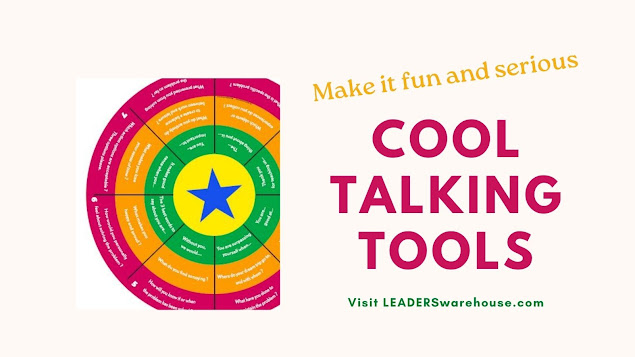How was your leader today?

A friend of mine has a job in a local community. She is head of Human Resources . She has lots of transactions with her leader on a daily basis. The leader happens to be quite aggressive. Last week my friend fainted from stress and was taken to hospital with a stroke that paralysed half of her face. My friend is very dutyful and may be a sensitive woman but this incident is without discussion pure terror. The incident happened at work during daytime. And this is not the first time employees meet terror from this leader. Local newspaper has had several articles about the horrible leader. No colleagues stod up helping my friend. Nobody did a thing. Lots of people knew about it and nobody stopped the leader from repeated actions. This terror is not OK This is not OK at all. We can’t accept a leader with a temper like this, a behaviour this aggressive and a series of consequences like this. I suggest that time has come to introduce a leaders license . I know that lots of companies are abl...

















